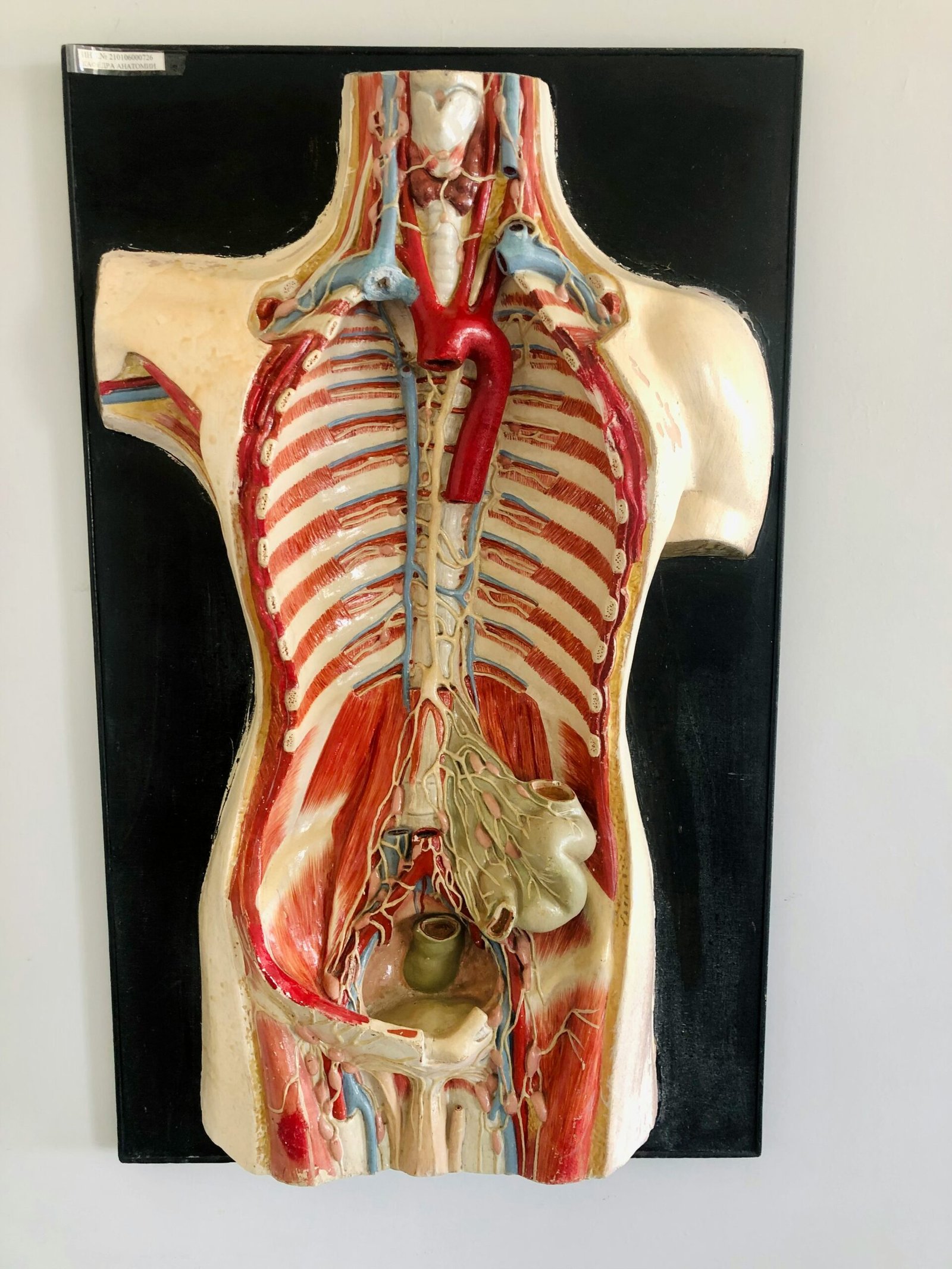Understanding the Benefits of Meal Planning and Prepping
Meal planning and prepping are game-changers for anyone looking to improve their diet, save money, and streamline their daily routines. Let’s break down the key benefits:
Better Nutrition: Planning your meals ahead of time means you’re more likely to stick to a balanced diet. When you know what you’re going to eat, you can make sure each meal includes a good mix of proteins, carbs, and healthy fats. This helps with portion control and can keep you from reaching for unhealthy snacks.
Financial Savings: By planning your meals, you can create a precise grocery list and avoid buying extra items you don’t need. This helps you stick to your budget and reduces food waste. Plus, buying in bulk and using ingredients efficiently can further cut costs.
Time Management: Meal prepping saves you time during the week. By cooking in batches and organizing your meals, you cut down on daily cooking and decision-making. This extra time can be spent on relaxing, family activities, or other personal interests.
For instance, Jane, a busy professional and mother, found that meal prepping improved her family’s diet and freed up her evenings. Mark, a college student, managed his food budget better and stayed on track with nutritious meals despite his hectic schedule. Clearly, meal planning and prepping offer practical solutions to modern life challenges.
Steps to Effective Meal Planning
Ready to get started? Here’s how to plan your meals effectively:
1. Set Your Goals: Determine your dietary needs and health goals—whether it’s weight loss, muscle gain, or general health. Tailor your meal plan to meet these objectives.
2. Choose Your Recipes: Select a variety of balanced recipes that include proteins, carbs, and healthy fats. Make sure to include a range of fruits and vegetables to cover all your nutritional bases.
3. Create a Shopping List: Review your recipes and inventory what you already have. Organize your shopping list by categories like produce, dairy, and grains to streamline your grocery trips.
4. Use Technology: Meal planning apps like MyFitnessPal, Yummy, and Mealtime can simplify the process. They offer recipe ideas, generate shopping lists, and track your nutritional intake.
Techniques and Tips for Efficient Meal Prepping
Here’s how to make meal prepping a breeze:
Batch Cooking: Cook large quantities of staple items like grains, proteins, and vegetables. These can be used in various meals throughout the week.
Proper Storage: Use microwave-safe, freezer-friendly containers. Glass containers are durable and don’t absorb odors. For frozen items, vacuum-sealed bags help extend shelf life.
Designate a Prep Day: Pick a day each week to do your chopping, marinating, and cooking. This could be a weekend day where you prepare ingredients or cook full meals ahead of time.
Mix Fresh and Cooked: Balance batch-cooked items with fresh ingredients. For example, pair cooked grains with fresh greens and fruits to keep meals nutritious and appealing.
Maintaining Healthy Eating Habits and Overcoming Challenges
Keeping up with healthy eating can be tricky, but here are some tips to stay on track:
Stay Motivated: Set clear goals and track your progress. Journaling your food choices can help identify patterns and stay focused.
Handle Cravings Wisely: Plan for occasional treats to avoid feeling deprived. Choose healthier alternatives like fruits or air-popped popcorn.
Be Flexible: Adapt your meal plans to fit your changing schedule and preferences. Try new recipes and use seasonal produce to keep meals exciting.
Get the Family Involved: Involve your family in meal planning and prepping. It makes the process more enjoyable and less of a burden.
By staying motivated, flexible, and creative, you can make healthy eating a sustainable part of your lifestyle. Embrace these strategies, and you’ll find meal planning and prepping to be both manageable and rewarding.



